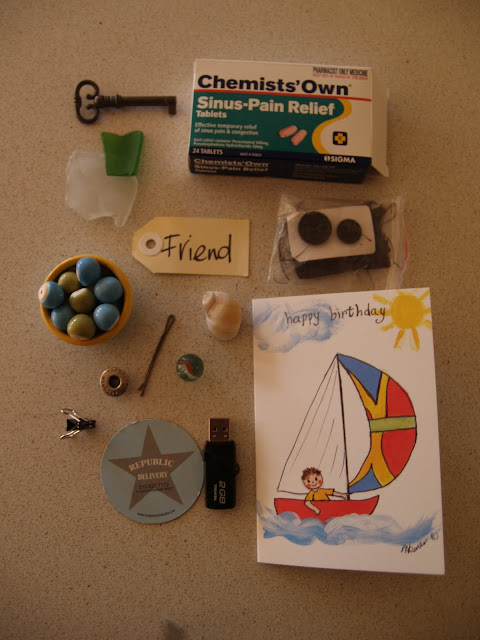Writing Irresistible LEADS with Grade One Students
I have been reading Australian author, Kate Grenville’s book, ‘The Writing Book – A Practical Guide For Fiction Writers.’ Grenville writes about leads and reminds us that the beginning of a piece of writing needs to be irresistible . Further to this she reminds the reader that it doesn’t matter where you begin a piece of writing- just begin! Grenville quotes Ezra Pound who said, ‘It doesn’t matter which leg of the table you make first as long as it stands up in the end.’ The writer’s aim is to glue the reader to the page. Grenville also makes the observation that sometimes you need to write the whole story before returning to the start in order to write a great beginning or ‘lead’ for it. Recently I have been working with groups of Grade 1 writers alerting them to the various ways in which writers ‘lead’ the reader deeper into their stories. Initially we looked at their own writing samples and I asked students, what did they notice about the words being used in their story leads? Th...










